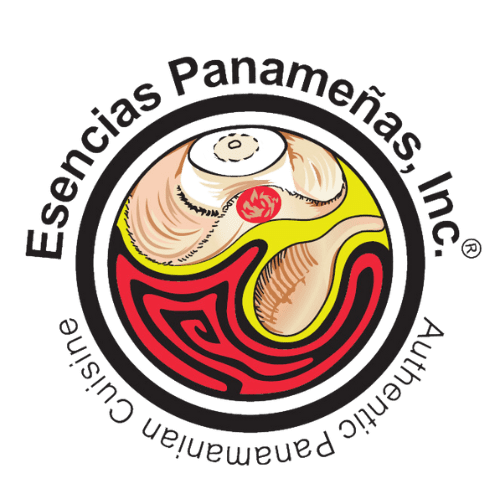Freezing Food and Food Safety
Foods stored at O °F will always be safe. It inactivates any microbes (i.e., bacteria, yeasts, and molds) present in food, but the quality will suffer if stored too long in the freezer. Freezing preserves food for extended periods because it prevents the growth of microorganisms that cause food spoilage and foodborne illness. Once thawed, however, these microbes can again become active and grow at about the same rate as microorganisms on fresh food, so you must handle thawed foods as you would perishable foods. Raw proteins maintain their quality longer than their cooked counterparts because moisture is lost during cooking.
Proper packaging helps maintain quality and prevent freezer burn. It is safe to freeze meat or poultry directly in its original packaging. However, for prolonged storage, overwrap these packages as you would any food for long-term storage. Freeze unopened vacuum packages as is. If the package gets torn or was opened while the food is in the freezer, just rewrap it. Freezer burn does not make food unsafe; it merely dries in spots. But when that happens, just cut the freezer-burned portions away before cooking the food. Heavily freezer-burned foods should be discarded for quality reasons. The dulling of color in frozen vegetables and cooked foods is usually the result of excessive drying due to improper packaging or over lengthy storage in the freezer.
There are three safe ways to thaw food: in the refrigerator, in cold water, or in the microwave. It’s best to plan ahead for slow, safe thawing in the refrigerator. Small items may defrost overnight, but large items like turkeys may take longer, approximately one day for every 5 pounds of weight. Once the food is thawed in the refrigerator, it is safe to refreeze it without cooking, although there may be a loss of quality due to the moisture lost through thawing. For faster thawing, place food in a leak-proof plastic bag and immerse it in cold water (if the bag leaks, bacteria from the air or surrounding environment could be introduced into the food). Check the water frequently to be sure it stays cold and change it every 30 minutes. After thawing, cook immediately. When defrosting food in the microwave, you must cook it immediately after thawing since some parts (i.e., outer/edges) of the food may begin to cook during microwaving.
After cooking raw foods which were previously frozen, it is safe to freeze the cooked foods. If previously cooked foods are thawed in the refrigerator, you may refreeze the unused portion. Freeze leftovers within 3-4 days. Do not refreeze any foods left outside the refrigerator longer than 2 hours or 1 hour, if the temperature is above 90 °F.
